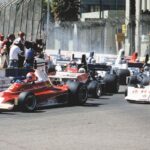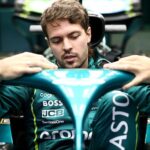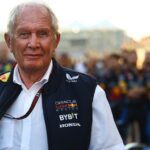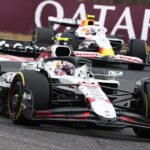[ad_1]
Ferrari headlines the upgrades brought to the Bahrain Grand Prix as the Scuderia looks to close the gap to McLaren at the front of the field.
McLaren has one new part submitted for this weekend, with a new front brake duct winglet that the team says is aimed “at better flow conditioning, resulting in an improvement of overall aerodynamic performance.” But it’s Ferrari that has brought a wider-reaching set of updates.
There’s a new floor package for the SF-25 that incorporates changes to the fences, floor body, floor edge and diffuser, and the team says it is targeting an improvement of the losses traveling downstream. Ferrari is already 76 points adrift of McLaren in the constructors’ championship, after a tough start that has yielded a best result of fourth place in a full grand prix.
Ferrari says “the reshaped boat and tunnel expansion have been subsequently reoptimized, together with the floor edge loading and vorticity shedding into the diffuser,” as it chases better rear end stability and performance. There’s also a new rear wing pillar that is designed to improve efficiency.
Red Bull has a new front wing evolution that is performance-focused, while additional cooling louvers are available to accommodate the high temperatures in Bahrain.
The only other upgrade this weekend is a similar cooling tweak at Haas with a wider engine cover exit, although the team will also be comparing its updated floor from Suzuka with its initial design that ran in Melbourne and China during FP1.

















